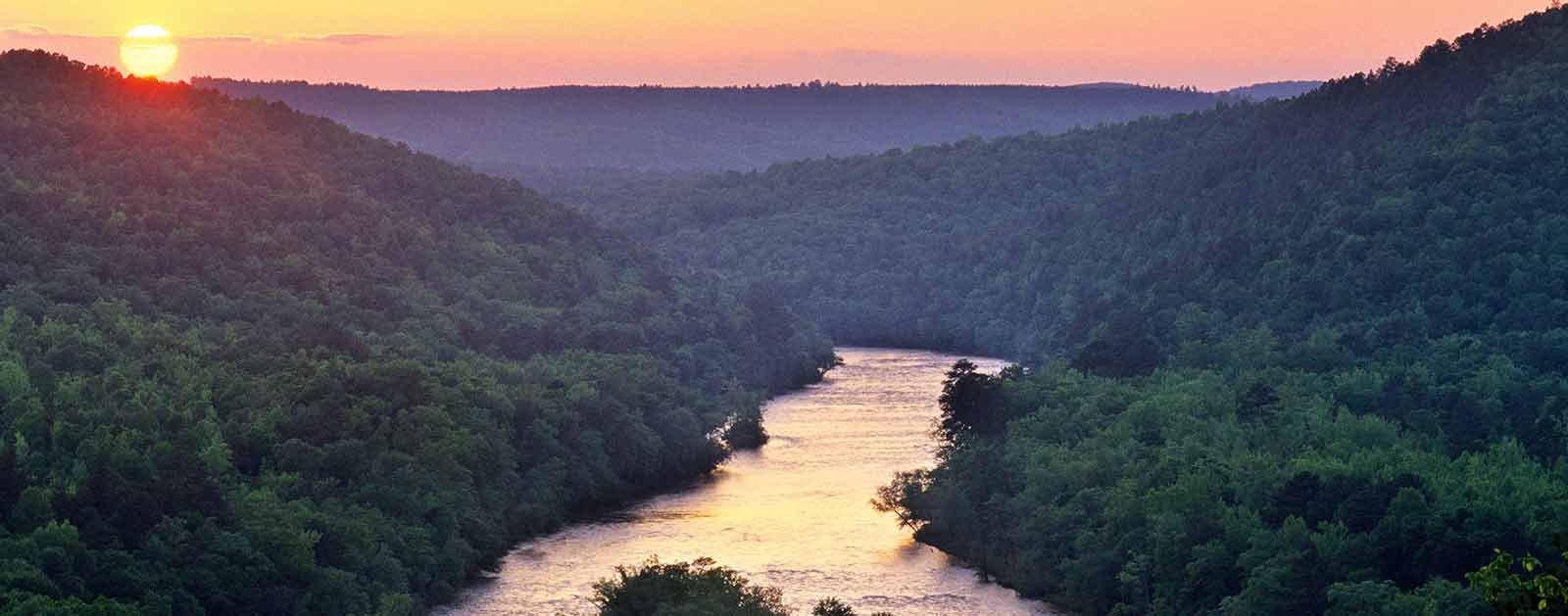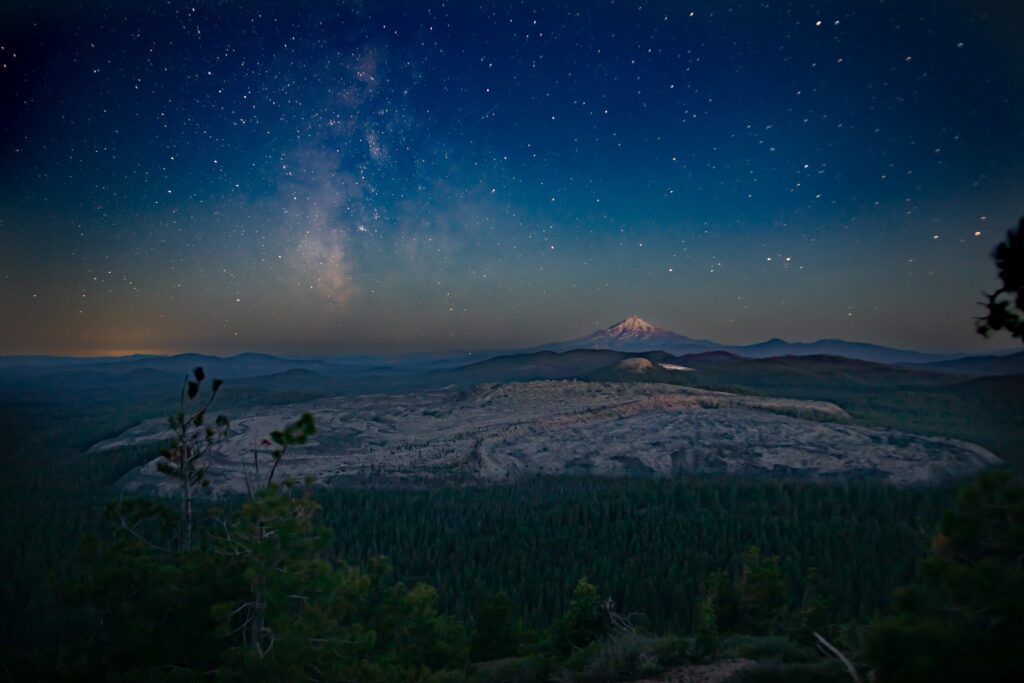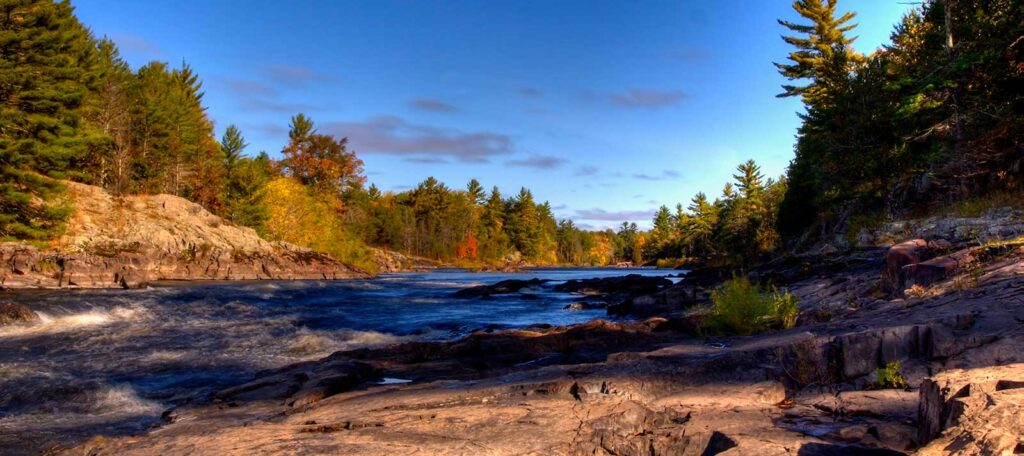Conserving Clean Water

American clean water supplies are becoming increasingly stretched each year—the pressures of rising population, agricultural and energy demands, and the growing effects of climate change all have a major impact on rivers and water resources.
If we do not embrace innovative solutions, delivering clean drinking water will become more and more difficult.
Fortunately, water efficiency and conservation provide cheaper, faster, and more reliable water than costly and harmful new dams and other short-sighted water storage projects. This is good news for rivers, fish and wildlife, and communities.
We need to safeguard the clean water that is the lifeblood of our communities and environment.
Polluted Runoff and Sewage in Our Rivers
By focusing our efforts on stopping pollution from sewage spills and stormwater runoff, American Rivers is working to ensure that our rivers and streams are safe for drinking, fishing, swimming and boating.
Protecting the “Roots” of Rivers
It makes sense: small streams lead to larger streams and rivers that provide the drinking water for 117 million Americans. By safeguarding those small streams and wetlands, we are preserving nature’s ability to filter and supply clean water. As droughts, floods and waterborne diseases intensify with global warming, this “natural infrastructure” will become more important than ever.
Working For A Strong Clean Water Act
American Rivers is working to protect clean water for people and wildlife in the face of 21st century challenges such as aging infrastructure, polluted runoff, and increasingly variable and frequent floods and droughts.
Climate Change And Rivers
The impacts of climate change will hit rivers and river communities first and worst, in the form of increased droughts, floods, and waterborne diseases. Along with decreasing global warming pollution, protecting and restoring rivers must be part of the solution. Healthy rivers boost community safety and security, building resilience against these impacts and helping communities thrive in the face of a changing climate.



